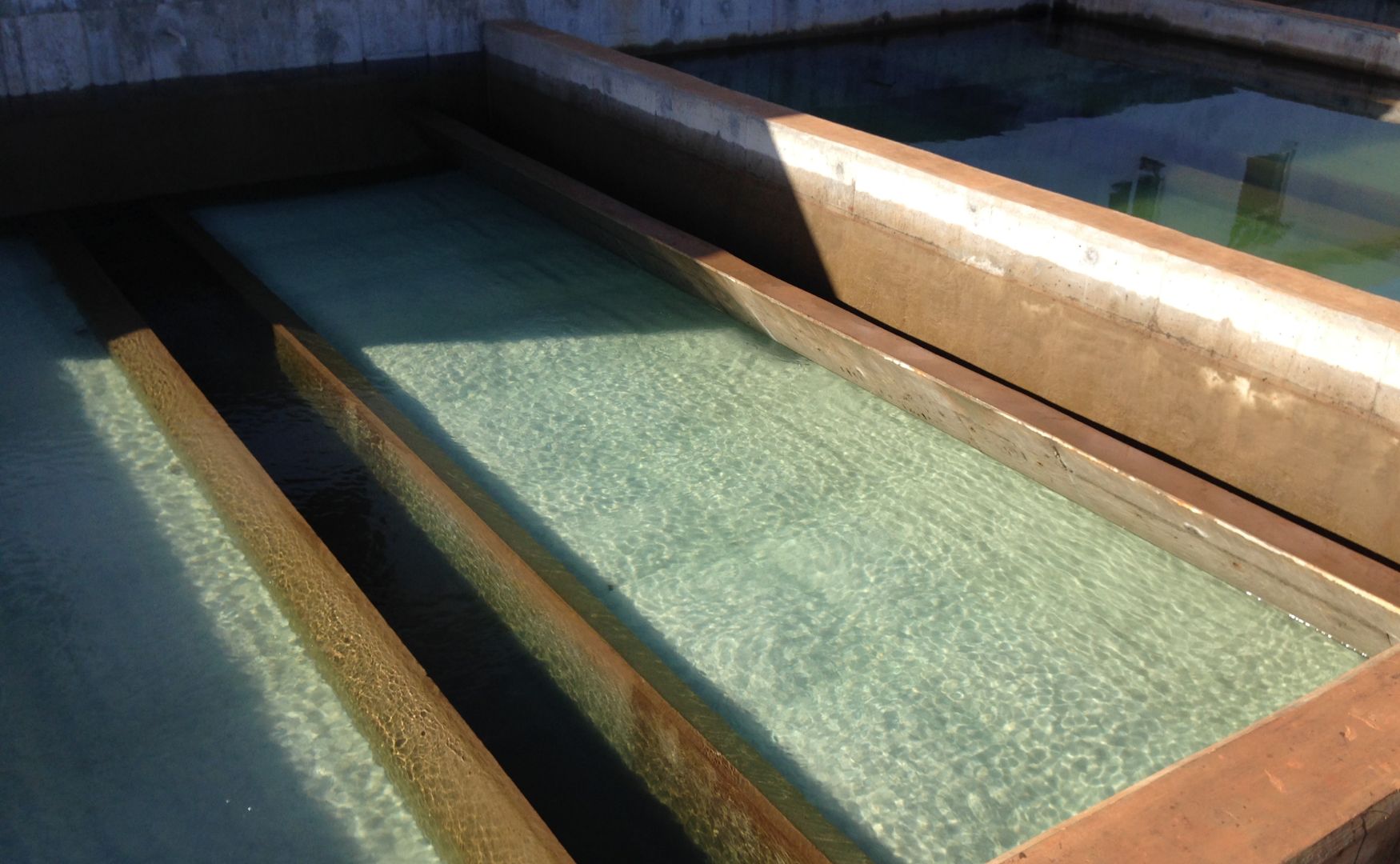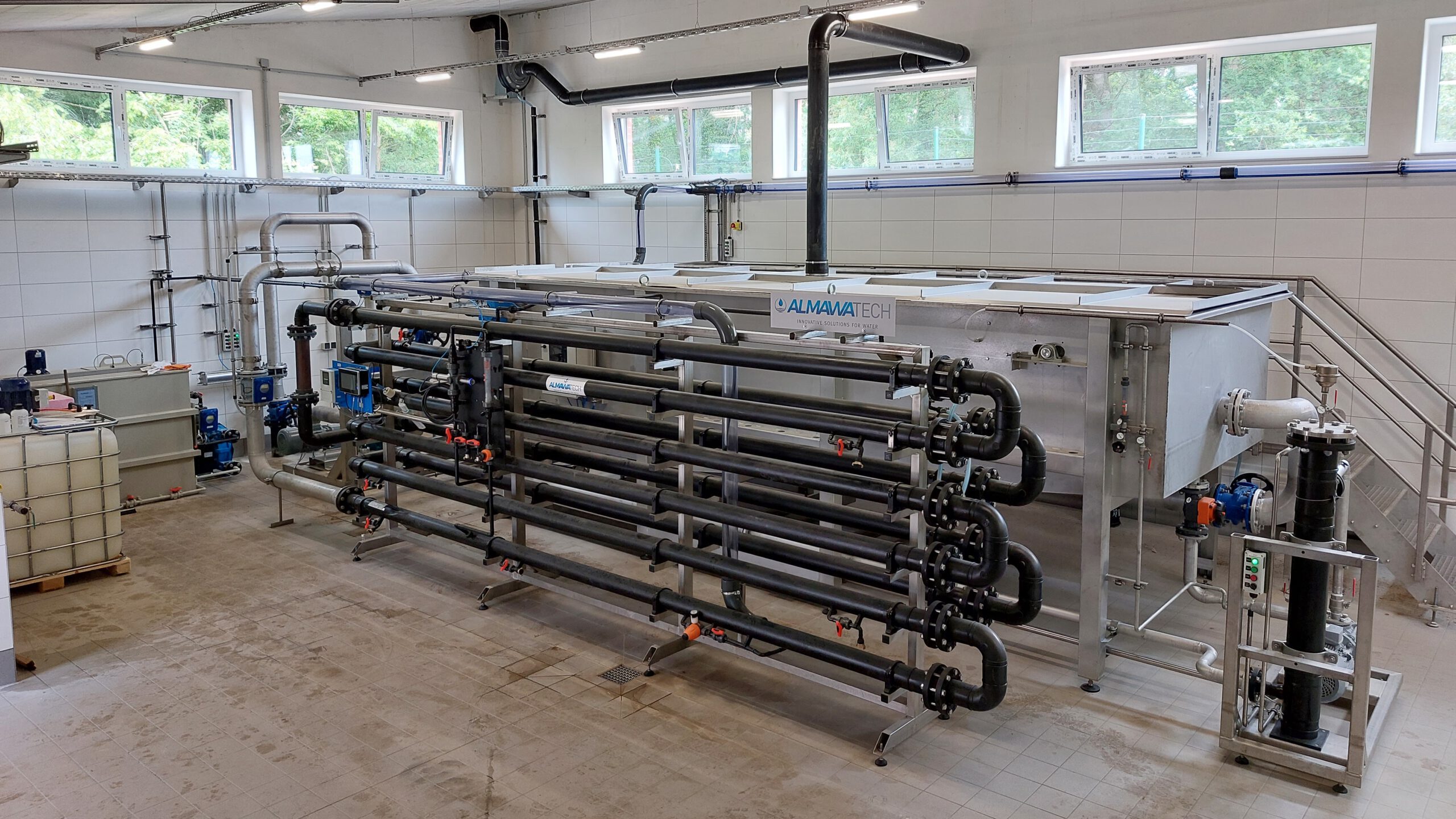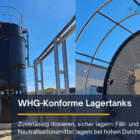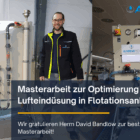Industrial surface coating comprises a variety of processes, including painting, electroplating, powder coating and anodizing, which are used for the functional and decorative finishing of surfaces. These processes often generate wastewater with complex and sometimes problematic ingredients that require specialized wastewater treatment. The following text describes the composition of the wastewater, typical challenges and proven technical processes for treatment.
Table of contents
Composition of the wastewater
The wastewater from surface coating processes is highly dependent on the type of coating process and the chemicals used. Typical ingredients are
Heavy metals
- Heavy metals such as chromium, nickel, zinc, copper and cadmium come from galvanic baths, anodizing processes and anti-corrosion coatings.
- These substances are toxic and may only be discharged into the wastewater network in very low concentrations.
Organic substances
- Organic solvents, surfactants, oils and greases from cleaning processes or painting work.
- In many cases, these substances are not easily biodegradable.
Complexing agent
- Substances such as EDTA or citrate, which are used in galvanic processes to stabilize metal ions, can make the separation of heavy metals in wastewater treatment more difficult.
Acids and alkalis
- Waste water from pre-treatment, such as pickling or degreasing, often contains strong acids (e.g. sulphuric or nitric acid) or alkalis (e.g. caustic soda or potassium hydroxide solution).
- These lead to pH fluctuations that need to be neutralized.
Solids and suspended solids
- Particles from grinding, polishing and coating processes, such as metal dust or pigment residues.
Phosphates
- Frequently used in pre-treatment to form conversion layers, e.g. zinc phosphate, which prepare the substrate for coating.
Technical challenges
The treatment of wastewater from surface coating places high demands on plant technology and process understanding. Typical challenges are
Heavy metal removal
- Heavy metals must not only be removed, but must also be separated as stable sludge to prevent re-dissolution into the water.
Dealing with complexing agents
- Complexing agents make the precipitation of heavy metals more difficult as they keep them in soluble form. Specific process strategies are required here.
Chemical diversity
- The large number of chemicals used and their possible interactions make it difficult to select the optimum treatment methods.
pH fluctuations
- Wastewater streams from different process stages often have strongly fluctuating pH values, which must be regulated to ensure the efficiency of the downstream treatment stages.
Compliance with legal requirements
- Strict limits for heavy metals, COD (chemical oxygen demand) and other parameters make comprehensive wastewater treatment essential.
Wastewater treatment process
The treatment of wastewater from surface coating processes takes place in several steps that are coordinated with each other. A combination of mechanical, chemical-physical and biological processes is often necessary.
1. mechanical pre-treatment
- Rakes and sieves: Removal of coarse particles and suspended matter.
- Filtration: Removal of undissolved solids.
- Filter presses: Concentration of sludge produced during the process.

Photo: Our ALMA BHU SMF filtration system in concrete design for large wastewater flows
2. chemical-physical treatment
Chemical-physical treatment is an essential stage in industrial wastewater treatment. It combines chemical reactions and physical processes to specifically remove pollutants or change their properties so that they can be more easily separated or rendered harmless. The main processes and how they work are explained in detail below.
Neutralization
Neutralization is used to regulate the pH value in wastewater, especially in the case of highly acidic or alkaline wastewater, such as that from pickling, degreasing or cleaning processes.
- Functionality:
- Bei saurem Abwasser (pH < 6) wird eine Alkalizugabe wie Natronlauge (NaOH), Kalkmilch (Ca(OH)₂) oder Soda (Na₂CO₃) durchgeführt.
- For alkaline wastewater (pH > 9), acids such as sulphuric acid (H₂SO₄) or hydrochloric acid (HCl) are used.
- Process technology:
- Modern systems work with pH control circuits that enable precise dosing of the neutralization chemicals. The pH value is continuously monitored and automatically adjusted.
- Significance:
- A neutral pH value (6.5-8.5) is crucial for the efficiency of subsequent processes such as precipitation and biological treatment stages. Correct neutralization also protects the system materials from corrosion.
Precipitation and flocculation
Precipitation and flocculation are key processes for removing dissolved heavy metals, colloidal impurities and other problematic substances.
- Felling:
- By adding precipitants such as milk of lime, sodium sulphide (Na₂S) or iron(III) chloride (FeCl₃), dissolved substances are chemically converted into insoluble compounds. Heavy metals such as zinc or nickel form hydroxides or sulphides, which can be separated from the wastewater.
- Flocculation:
- Flocculants, usually synthetic or natural polymers, promote the aggregation of the precipitation products formed into larger flocs. These particles settle more easily or can be removed in subsequent processes such as flotation.
- Practical example:
- In surface treatment, precipitation and flocculation are used to efficiently remove heavy metals from galvanic waste water or pickling baths.
Redox process
Redox processes are chemical processes that change the oxidation or reduction states of pollutants in order to reduce their toxic properties or facilitate their separation.
- Reductive procedures:
- Chromium(VI), a highly toxic heavy metal, is often reduced with sodium dithionite (Na₂S₂O₄) or sulphurous acid to chromium(III), which precipitates in the form of chromium hydroxide.
- Oxidative processes:
- Organic pollutants or cyanides are rendered harmless with oxidizing agents such as hydrogen peroxide (H₂O₂), ozone (O₃) or potassium permanganate (KMnO₄).
- Advantages:
- Redox processes are highly specific and can be used to target certain pollutants. They are particularly suitable for wastewater that contains toxic or poorly degradable substances.

Photo: Our CP system with neutralization and activated carbon filtration for the pre-treatment of wastewater containing heavy metals prior to reverse osmosis
3. dissolved air flotation (DAF)
Dissolved air flotation (DAF ) is a physical process that is particularly effective at removing oils, fats and finely dispersed solids.
- Functionality:
- Water dissolved under pressure and saturated with air is discharged into the wastewater. Depressurization creates microscopic air bubbles that bind to particles and fats and transport them to the surface of the water.
- Areas of application:
- Particularly suitable for oily wastewater or wastewater from surface treatment, such as in paint stores.
- Advantages:
- DAF technology such as the ALMA NeoDAF offers high separation efficiency with minimal use of chemicals and can be flexibly adapted to different wastewater volumes.

Photo: Our ALMA NeoDAF flotation system with load-proportional dosing of precipitants and flocculants
4. ion exchange
Ion exchange is a highly specific process for removing dissolved ions such as heavy metals or salts from wastewater.
- Functionality:
- Special resins specifically bind cations (e.g. nickel, zinc) or anions (e.g. nitrates, sulphates) by exchanging them with other ions (e.g. sodium or chloride).
- Application:
- Ion exchange is ideal for the post-treatment of wastewater in order to bring residual concentrations of heavy metals below the legal limits.
- Regeneration:
- After saturation, the resins are regenerated, usually by rinsing with acids or alkalis.

Photo: Our ALMA FIL multi-layer filters with downstream ALMA ION ion exchanger
4. membrane process
Membrane processes use semi-permeable membranes to efficiently separate dissolved substances, colloids and particles. They are indispensable in chemical-physical treatment, especially when high demands are placed on water purity.
- Ultrafiltration (UF):
- Removes suspended solids, bacteria and macromolecules. It is often used as a preliminary stage for other processes.
- Nanofiltration (NF):
- Separation of dissolved salts and organic molecules with medium molecular weight.
- Reverse osmosis (RO):
- Used for the highest purity requirements, for example for the complete removal of dissolved salts, metals and organic substances. The treated water can be reused, which reduces operating costs and conserves resources.

Photo: Our reverse osmosis system for in-house water recycling
Post-treatment and circulation
Many surface coating companies rely on water recycling to reduce costs and conserve resources. The treated water quality must meet the requirements of the process:
- Activated carbon filtration: Removal of organic residues and odorous substances.
- Polishing by reverse osmosis: Production of high-purity water for reuse in electroplating baths or as rinsing water.
- UV disinfection: Destruction of microbiological contamination that can occur in recycling cycles.
Conclusion
Wastewater treatment in the surface coating industry is a technically demanding task that requires a precise combination of processes. In addition to complying with legal requirements, efficient treatment also enables resources to be recovered and operating costs to be reduced.
For further information on our products, please feel free to contact us at any time!








